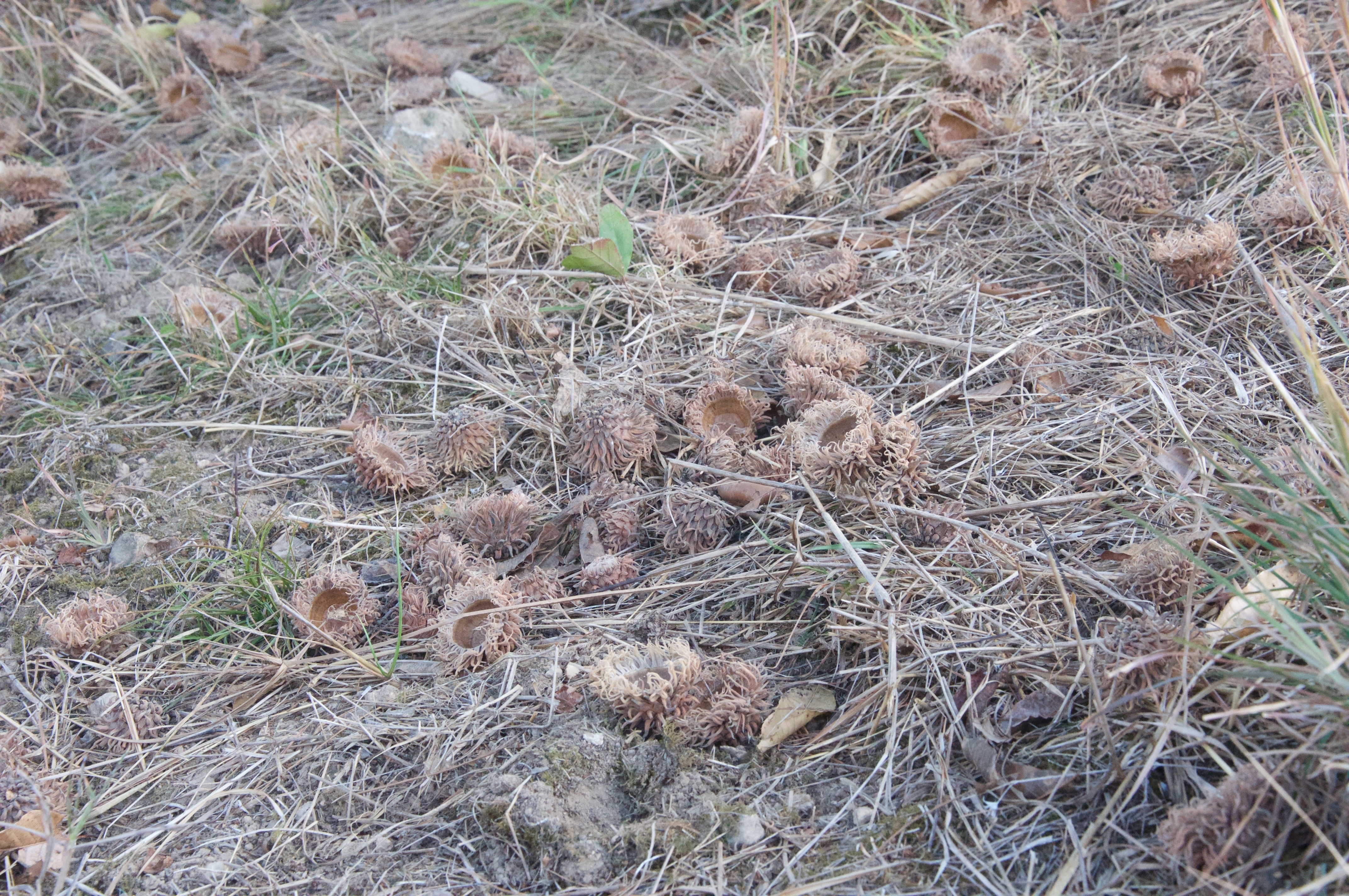Sep 12, 2017
SIGNS OF THE SEASON
Deer create sign year around. While it’s not as prevalent during the summer as it would be throughout winter and peak rut, sign is all around if you just know where and how to look. Sure, trail cameras are a great tool for scouting, but there’s nothing like gathering on-the-ground intelligence about what the deer herd is doing.
Summer
Summer is the time of year when most deer hunters begin scouting. We hang trail cameras over a pile of corn (where legal) and check them periodically to see what’s moving through the property. This is such an easy way to avoid sweat, exertion and mosquitos. However, using a few trail cameras as your sole means of scouting isn’t going to lead you to more kills.
First of all, without a little footwork, how will you know where the deer are coming from in order to eat a little corn and get their portrait made? You’re probably thinking that retrieving the SD card is sufficient to answer such questions. Well, to a degree. What you can do in the early summer that you shouldn’t do later on is venture a little farther into bedding areas to see exactly where the resident herd is staying.
Deer aren’t heavily pressured during the summer months and tend to bed in the open more often than they would during the season. Walking field edges, looking for indentations in the grass will tell you how many are in the immediate area. These deer are likely going to continue staying the night in the same spot until forced out. By strategically hanging stands and planning your entry and exit routes, it’s not hard to give yourself an opportunity at these deer during bow season.
Fall
With fall comes the hunting season. It also usually marks the beginning of acorns’ descent to the ground where a congregation of deer is waiting to devour the crop. Most of us know what an acorn looks like - a large seed within a husk. What we may fail to notice at times is that there are only the husks laying on the ground, meaning something has been there feeding. Use your fingers to pick up a leaf or two to identify tracks. You certainly don’t want to hang a stand over a hotspot for squirrels rather than deer. Not yet, anyway.

As we get into October the autumnal winds begin to relieve trees of their leaves. Before this happens, be sure to locate and mark deer trails, especially along field edges and other spots you’re at least considering for a stand. Once leaves cover the forest floor, it could be a couple weeks before deer have beaten their usual paths down enough for them to stand out once again.
The upshot to leaves creating a fresh carpet in the woods is that it’ll be easier to spot preliminary scrapes. This doesn’t mean bucks are already going into rut, rather they’re communicating their presence to does. You’ll also begin to see a few rubs as bucks are getting used to their new head gear and raking off velvet.
Winter
Many hunters assume they should hunt the same spots during the rut as they did early season, where many trail camera photos were created by a few shooter bucks. While the answer here could be both yes and no, we’re going to say that the latter is correct. During the rut, bucks expand their home range 10 fold or more. Find out where the does are hanging out by identifying late-season forage - bucks won’t be too far away.
The savvy deer manager plans for this, leaving standing corn, winter wheat and other cold-weather plants and grasses in a central location close to major bedding areas. Bucks are typically too worried about their food diet during the rut. It’s what the does have to offer that interests them most.
Spring
Spring is the time of year to start over. The season completed, pressure begins to taper off and deer become less wary. The great thing about scouting during the spring is that the next season is many months away and it’s not a big deal if you spook bucks out of their bedding area. Deer hunting is a year-round process and it’s those that put in the time and know what they’re doing who reap the rewards.
